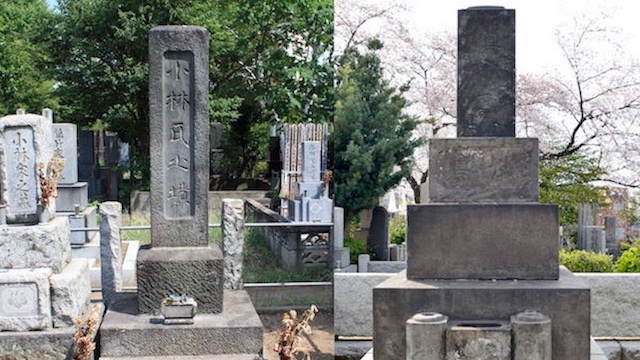
The grave of Ito's family, the elder brother of Awashima Kangetsu, is located in a small temple called "Rinseiji" behind the Hotel Okura in Tokyo and the American Embassy. Ito Hachibei, who was famous as a wealthy merchant, had a special grave with a special umbrella that was permitted by the shogunate.
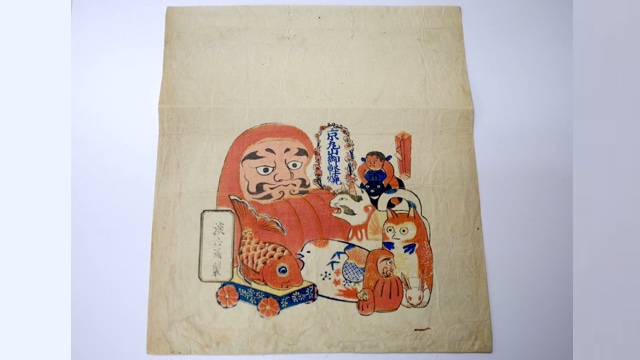
They operated a confectionery store called Awashimaya in Magome-cho during the Edo period. The specialty here was "karuyaki" (lightly toasted), which was favored for its supposed ability to alleviate smallpox symptoms and was therefore prosperous. It is said that they spent their childhood without any worries as the son of a distinguished store. In "Bonun-an Zatsuwa" (1933), which compiles essays and lectures by Kangetsu, there is a description of the streets of Edo where he lived, and traditional Edo sweets such as "ikuse-mochi," "mimeyori," and "sakuramochi" are also mentioned. Among them, there is a description of fortune-telling. Currently, the production and sale of karuyaki is done by "Osakaya" in Hirosaki City, Aomori Prefecture, under the product name "Touka" (winter and summer).
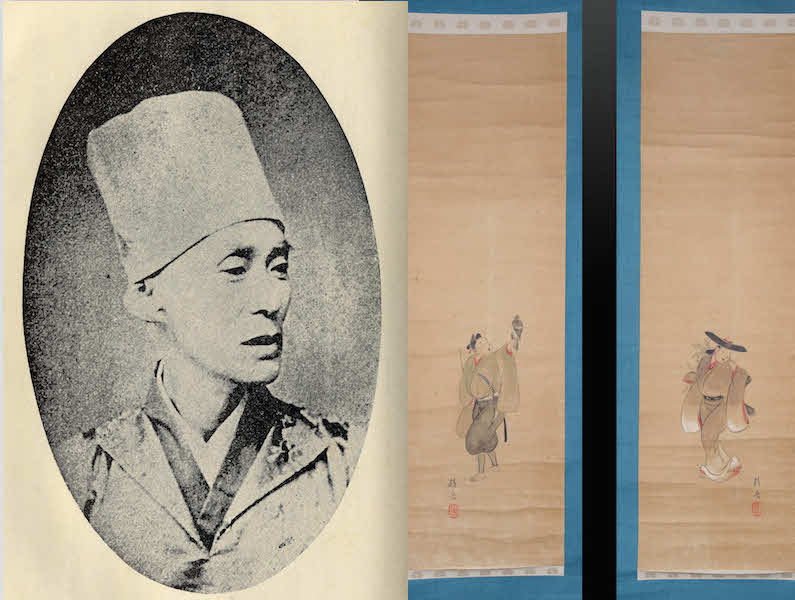
A painter from the late Edo to Meiji periods. Also known as Kobayashi Chingaku (a samurai of the Hitachi Mito clan). His former surname was Awashima. His courtesy name was Jousan and his pseudonym was Kichibon. Kangetsu, a writer, painter, and collector from the Meiji period, was his biological son. Known as a multi-talented person with a unique direction, both father and son were known as free spirits. Also, Ito Hachibei, a wealthy man from the late Edo period, was Chingaku's elder brother.
Reference Books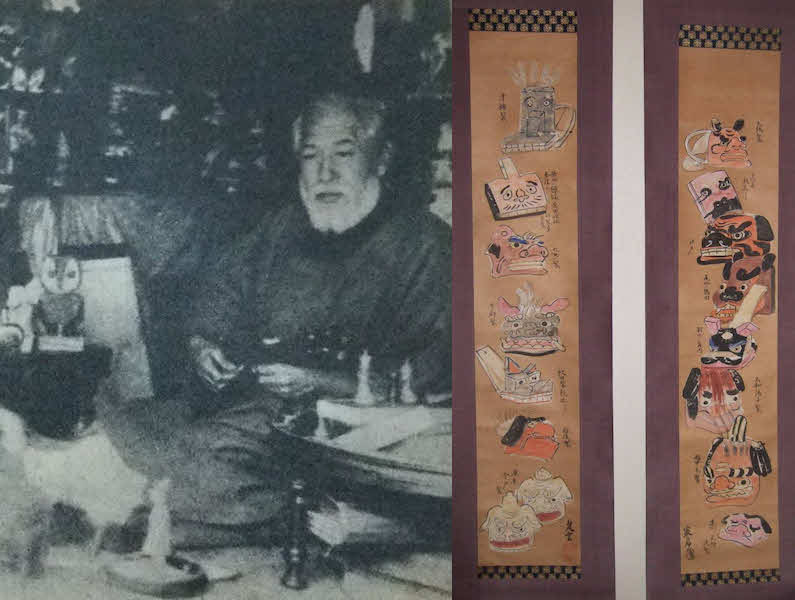
Real name: Tomio Awashima, was a Japanese writer, painter, and antique collector from the Meiji period. His father was the painter Awashima Chingaku. His eldest daughter was the educator and politician Kiya Kiuchi. His uncle was the wealthy man of the late Edo period, Ito Hachibei. Known as a hobbyist with extensive knowledge, he re-evaluated the work of Ihara Saikaku from the Genroku period and introduced figures such as Kokusai and Ozaki Koyo to the literary world. Also famous as a collector, his residence, Bonun-an, had over 3,000 toys and valuable materials on Edo culture, all of which were lost in the Great Kanto Earthquake. In Natsume Soseki's "I Am a Cat," there is a scholar named Mizushima Kangetsu, modeled after Teruhiko Terada, and it is said that the name was taken from Awashima Kangetsu.
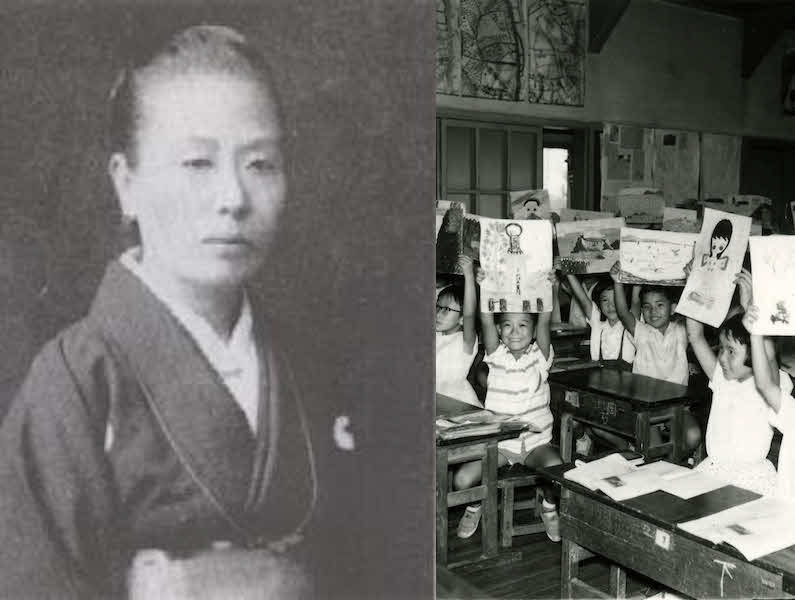
An educator. Born in Asakusa, Tokyo in 1884 as the eldest daughter of Awashima Kangetsu, known for his research on Ihara Saikaku and toy collection. Married to Tatsuzaburo Kiuchi. From 1903 to 1941, she served as a primary school teacher in Tokyo Prefecture and worked to improve the status of women through her own experiences. She served as a secretary and representative of the National Union of Female Teachers, and in 1928, she participated in the Pan-Pacific Women's Conference as the representative of the same organization. From 1931 to 1941, she served as the first female principal of Shimura First Elementary School (now Shimura First Elementary School). After World War II, she became a senator in the National Constituency Senate in 1947. Reference Books Kyou Kiuchi, "Education Road" Kyou Kiuchi, "Education Road / In Line with the Pan-Pacific Women's Conference - Biography: Kyou Kiuchi"